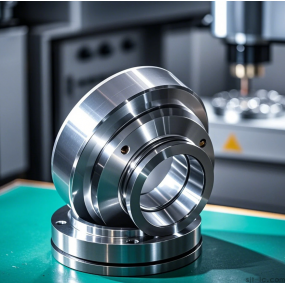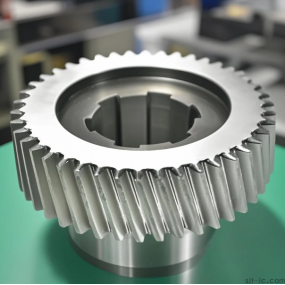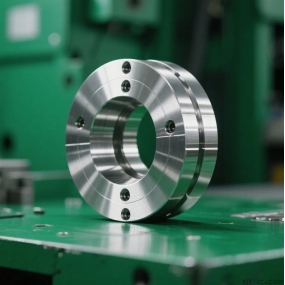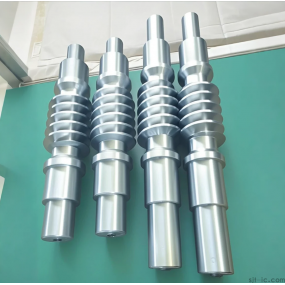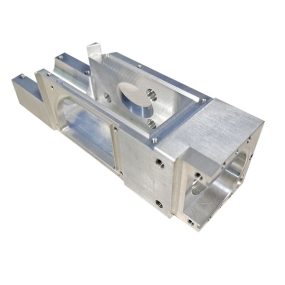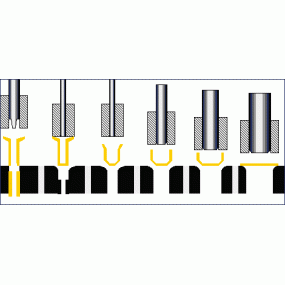Ever get a quote for a custom CNC machined part and wonder, "Why does it cost so much?" 🤔 You're not alone. For engineers, procurement managers, and business owners, understanding the bill for non-standard parts can feel like decoding a secret language. The price isn't just made up; it's a puzzle where every piece matters. Let's break down the real factors that make up the cost, so you can make smarter decisions and maybe even find ways to save on your next project.
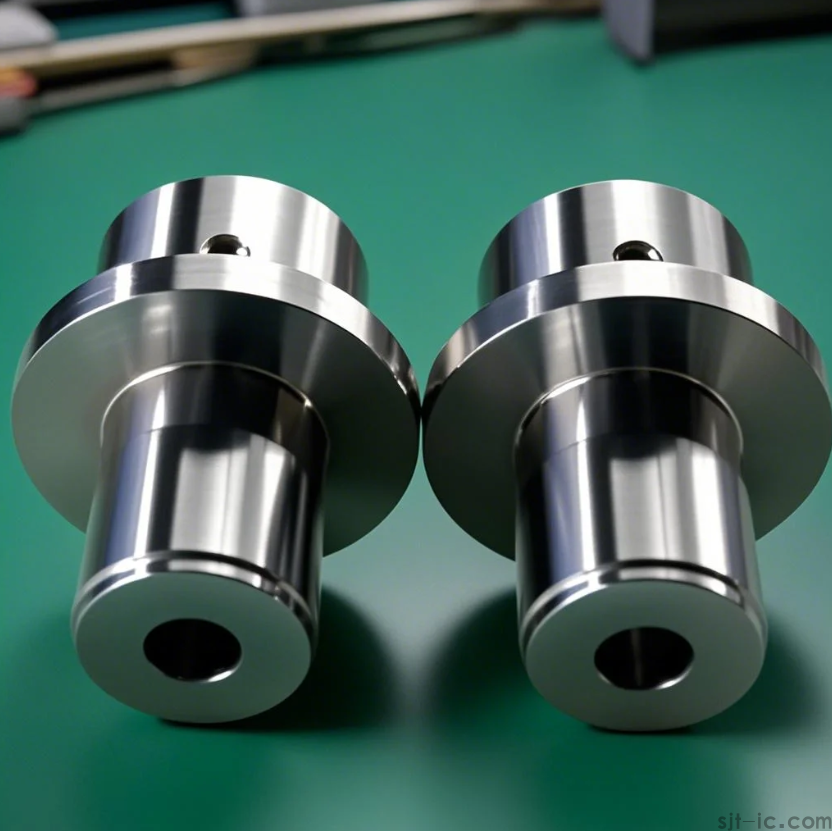
🔧 The Big One: Part Design and Complexity
This is where it all starts. Think of it like this: a simple block is cheap, but a complex gear with tiny teeth is not. The more complex your design, the higher the cost. Here's what drives it up:
• Intricate Geometries: Parts with deep pockets, tight corners, or complex curves require more time and specialized tools.
• Thin Walls and Fine Features: These are delicate to machine and need slower, more careful work to avoid breaking.
• Tolerances: Asking for super precise dimensions (like ±.01mm) forces the machine to work slower and requires more inspection. Although, it must be said, not every feature needs to be that perfect. Sometimes, loosening up a tolerance on a non-critical area can save you a surprising amount.
⏱️ Time is Money: Machine Run Time
This one seems obvious, but it's crucial. The longer a part sits in a CNC machine, the more it costs. This "run time" is influenced by:
• Material Hardness: Tough materials like stainless steel or titanium take longer to cut than aluminum or brass.
• Part Size: Larger parts simply have more material to remove.
• The Machining Process: A 3-axis machine might be cheaper per hour, but if your part needs 5-axis machining to reach all angles, the hourly rate is higher. It's a balance.
📄 The Setup and Order Details
Before the first chip is even cut, there's work happening. The initial setup and your order specifics play a huge role.
• Setup & Programming: An engineer has to create the tool paths and set up the machine. A complex part means a longer, more expensive setup. I often find that the mechanism behind how different CAM software optimizes this path is a bit of a black box, even for me.
• Quantity: Making one part carries the full cost of setup. Making a hundred spreads that cost out, making each unit cheaper. This is the magic of volume.
• Lead Time: Need it yesterday? Rushing an order often costs extra, as it might disrupt the workshop's scheduled workflow.
🧩 Material Choice: More Than Just Stuff
The raw material itself is a direct cost, but it's not just about the price per pound.
• Material Cost: Exotic alloys will always cost more than common ones.
• Material Waste: CNC Machining is "subtractive," meaning it starts with a block and carves away the excess. A part with a weird shape might waste 80% of the original block, and you're paying for that entire block.
• Availability: If a material is hard to get, the price goes up. Sometimes, using a more common alternative can be a smart move.
✨ The Finishing Touch: Post-Processing
Does your part need to look pretty or be super smooth? Any work after the main machining adds to the tab.
• Surface Finishes: Bead blasting, anodizing, painting, or plating all add steps and cost.
• Additional Treatments: Heat treatment to make the part stronger or other special processes will be a separate line item. This might suggest that a part needing multiple finishes could see its cost double if you're not careful.
So, the next time you're looking at a quote, don't just look at the bottom line. Look at the design, the material, the quantity, and the finishes. Asking your supplier about which factors are driving the cost the most can open up a conversation about value engineering. After all, the cheapest part isn't always the one with the lowest price tag.


 Spanish
Spanish Arabic
Arabic French
French Portuguese
Portuguese Belarusian
Belarusian Japanese
Japanese Russian
Russian Malay
Malay Icelandic
Icelandic Bulgarian
Bulgarian Azerbaijani
Azerbaijani Estonian
Estonian Irish
Irish Polish
Polish Persian
Persian Boolean
Boolean Danish
Danish German
German Filipino
Filipino Finnish
Finnish Korean
Korean Dutch
Dutch Galician
Galician Catalan
Catalan Czech
Czech Croatian
Croatian Latin
Latin Latvian
Latvian Romanian
Romanian Maltese
Maltese Macedonian
Macedonian Norwegian
Norwegian Swedish
Swedish Serbian
Serbian Slovak
Slovak Slovenian
Slovenian Swahili
Swahili Thai
Thai Turkish
Turkish Welsh
Welsh Urdu
Urdu Ukrainian
Ukrainian Greek
Greek Hungarian
Hungarian Italian
Italian Yiddish
Yiddish Indonesian
Indonesian Vietnamese
Vietnamese Haitian Creole
Haitian Creole Spanish Basque
Spanish Basque

